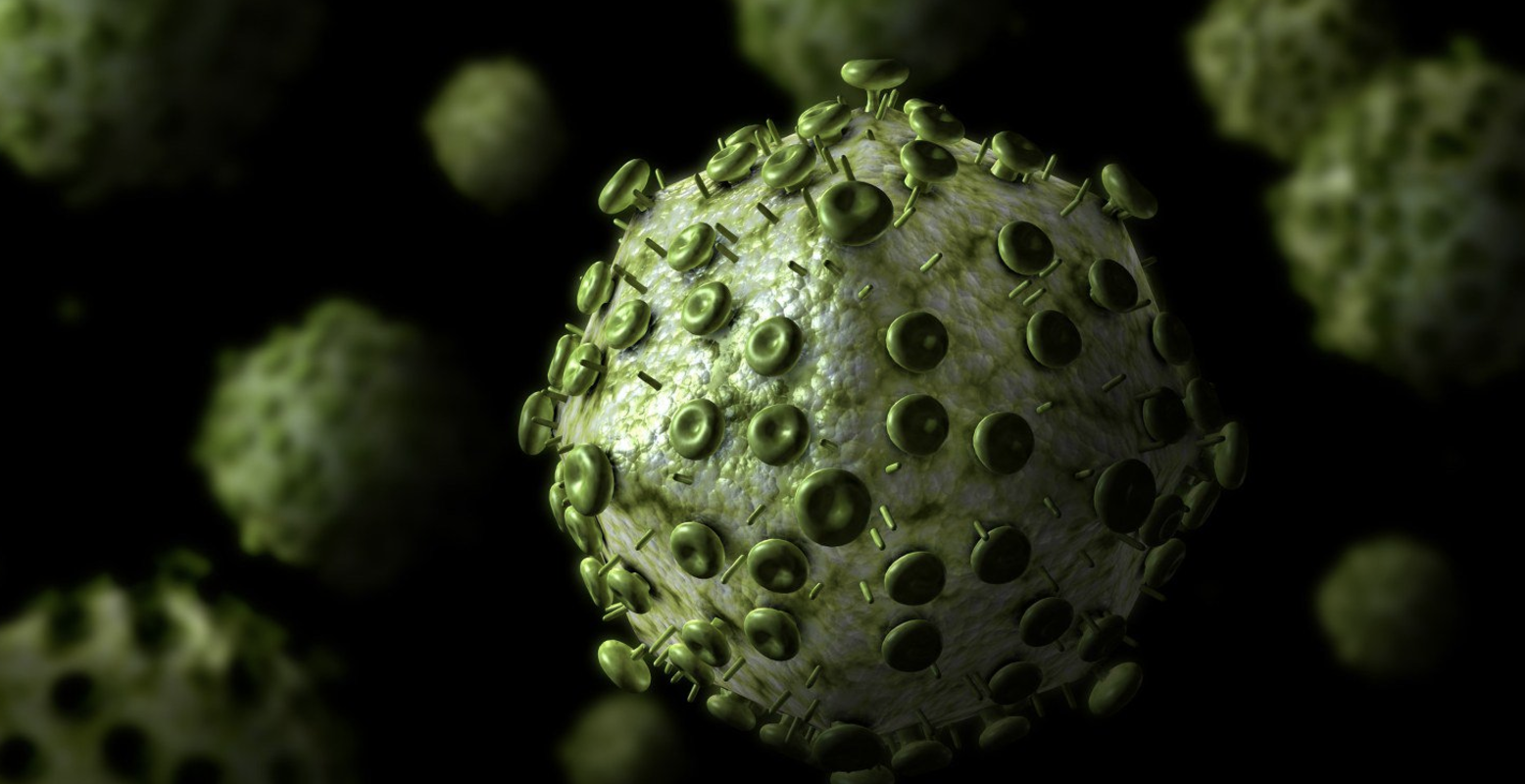
Antibody discovered which can neutralise most HIV strains

SCIENTISTS in the United States have found a strong antibody which could neutralise about 98 per cent of HIV strains, including 16 of 20 strains resistant to other antibodies of the same class
It was discovered by The National Institute of Allergy and Infectious Diseases (NIAID) and the antibody’s ability to block a wide variety of strains is rare, giving scientists hope it could be used to create a new HIV vaccine or improve current HIV treatments.
Named N6, the antibody blocks infection by binding to a part of the HIV envelope, preventing the virus from attaching itself to immune cells.
The NIAID said N6’s ability to neutralise nearly all HIV strains would be advantageous for both prevention and treatment strategies.
“The discovery and characterisation of this antibody with exceptional breadth and potency against HIV provides an important new lead for the development of strategies to prevent and treat HIV infection,” said NIAID director, Anthony S. Fauci.
The news comes as researchers in Adelaide reveal they have made significant progress in the development of a potential HIV vaccine.
Discovered by a team at the University of Adelaide the researchers have shown that a combined approach – using a common cold virus to introduce a vaccine into the body, as well as an injection of a DNA-based vaccine – results in the immune system actively protecting against HIV in the gut and bodily cavities.
“With sexual activity being one of the primary methods of HIV transmission, it’s necessary to try to protect those parts of the body that are most likely to encounter the virus first,” said senior author Dr Branka Grubor-Bauk.
“A possible reason why previous HIV vaccine trials have not been successful is because of this lack of a frontline protection.
“In mice, we delivered a rhinovirus (or common cold virus) inside the nose, and this virus had been altered to include HIV proteins. At the same time, the mice also received an injection into the skin containing a DNA-based vaccine. This approach resulted in very specific responses in the immune system.
“Importantly, this vaccine approach encompasses two different arms of the immune system: white blood cells that attack the HIV virus, and specific antibodies that recognise and shut down HIV-positive cells.”









